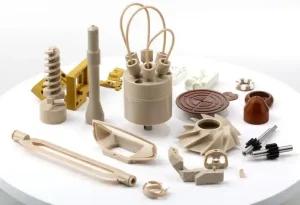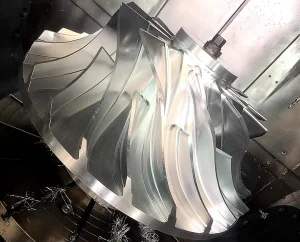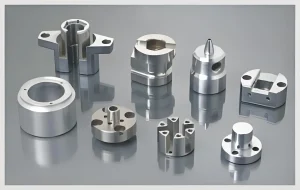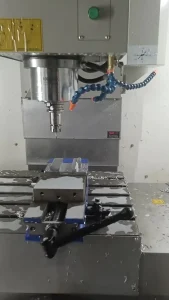数控系统 (计算机数控) 机械加工是现代制造业的重要组成部分. 了解数控加工的基础知识对于任何想要进入该领域的人来说都是至关重要的, 无论是作为一名工程师, 技术员, 或运算符. 本文将探讨基本概念, 流程, CNC加工及应用.
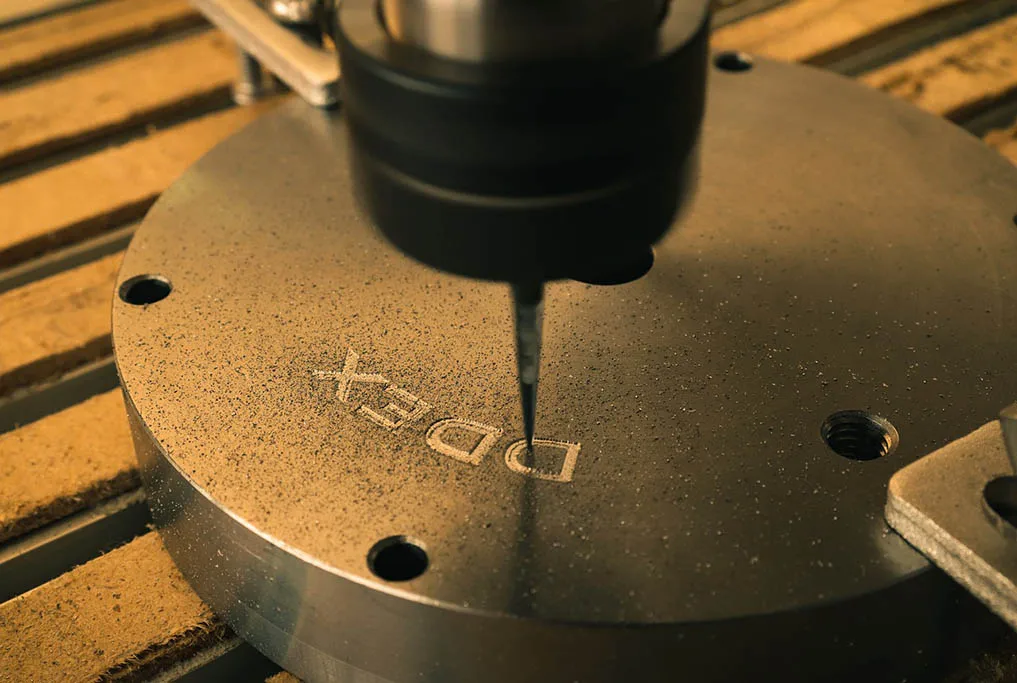
其核心, CNC加工是一种利用计算机程序控制机床进行精密制造作业的方法. 与传统的手工加工不同, CNC 加工实现更高水平的精度和一致性. 这主要是因为数控机床可以自动执行复杂的操作, 减少人为错误的余地. 掌握数控加工的基础知识对于理解其在当代制造业中的意义至关重要.
CNC加工过程一般由几个关键步骤组成. 第一的, 在设计阶段, 工程师使用CAD (计算机辅助设计) 用于创建要制造的零件的详细图纸的软件. 然后将这些设计文件转换为 G 代码, CNC 机器可以解释的编程语言. 继此, 操作员将 G 代码输入 CNC 机床, 然后执行切割等操作, 钻孔, 或根据提供的说明进行铣削. 了解这些基本步骤是掌握数控加工基础知识的基础.
CNC加工有多种类型, 包括铣削, 转动, 和激光切割. 铣削涉及旋转切削工具来塑造材料, 车削时使工件旋转进行加工. 每种方法都有适合不同材料和几何形状的独特特性. 实践, CNC加工广泛应用于航空航天等行业, 汽车制造, 和电子产品. 认识这些应用有助于了解 CNC 加工的广泛影响.
安全是数控加工基础知识的另一个重要方面. 数控机床高速运行会产生大量热量和噪音. 所以, 操作人员必须穿戴适当的防护装备, 例如护耳器和安全眼镜. 此外, 设备的定期维护和检查对于确保安全的工作环境至关重要. 通过优先考虑安全, 与数控加工相关的风险可以大大降低.
展望未来, 由于技术的不断进步,数控加工的未来充满了机遇. 增材制造与智能技术的融合很可能会带来数控加工实践的新发展. 深入了解数控加工的基础知识不仅有助于个人职业发展,也有助于行业更广泛的发展.
总之, 的基本知识 CNC加工 对于任何对制造业感兴趣的人来说都是必不可少的. 通过了解基本流程, 应用程序类型, 以及涉及的安全考虑, 个人可以为未来的工作打下坚实的基础. 无论是学术研究还是实践操作, CNC加工不断展现其不可替代的价值, 掌握其基础知识将为更广阔的职业道路铺平道路.

